de Brabandere Luc - Thinking in new boxes : a new paradigm for business creativity
Here you can read online de Brabandere Luc - Thinking in new boxes : a new paradigm for business creativity full text of the book (entire story) in english for free. Download pdf and epub, get meaning, cover and reviews about this ebook. City: New York, year: 2013, publisher: Random House, genre: Romance novel. Description of the work, (preface) as well as reviews are available. Best literature library LitArk.com created for fans of good reading and offers a wide selection of genres:
Romance novel
Science fiction
Adventure
Detective
Science
History
Home and family
Prose
Art
Politics
Computer
Non-fiction
Religion
Business
Children
Humor
Choose a favorite category and find really read worthwhile books. Enjoy immersion in the world of imagination, feel the emotions of the characters or learn something new for yourself, make an fascinating discovery.

- Book:Thinking in new boxes : a new paradigm for business creativity
- Author:
- Publisher:Random House
- Genre:
- Year:2013
- City:New York
- Rating:3 / 5
- Favourites:Add to favourites
- Your mark:
Thinking in new boxes : a new paradigm for business creativity: summary, description and annotation
We offer to read an annotation, description, summary or preface (depends on what the author of the book "Thinking in new boxes : a new paradigm for business creativity" wrote himself). If you haven't found the necessary information about the book — write in the comments, we will try to find it.
LIGHTERS?
With an idea that seemed crazy at first, that bright executive, instead of seeing BIC as a pen companya business in the PEN boxfigured out that there was growth to be found in the DISPOSABLE box. And he was right. Now there are disposable BIC lighters, razors, even phones. The company opened its door to a host of opportunities.
IT INVENTED A NEW BOX.
Your business can, too. And simply thinking out of the box is not the answer. True ingenuity needs structure, hard analysis, and bold brainstorming. It needs to start
THINKING IN NEW BOXES
a revolutionary process for sustainable creativity from two strategic innovation experts from The Boston Consulting Group (BCG).
To make sense of the world, we all rely on assumptions, on modelson what Luc de Brabandere and Alan Iny call boxes. If we are unaware of our boxes, they can blind us to risks and opportunities.
This innovative book challenges everything you thought you knew about business creativity by breaking creativity down into five steps:
Doubt everything. Challenge your current perspectives.
Probe the possible. Explore options around you.
Diverge. Generate many new and exciting ideas, even if they seem absurd.
Converge. Evaluate and select the ideas that will drive breakthrough results.
Reevaluate. Relentlessly. No idea is a good idea forever. And did we mention Reevaluate? Relentlessly.
Creativity is paramount if you are to thrive in a time of accelerating change. Replete with practical and potent creativity tools, and featuring fascinating case studies from BIC to Ford to Trader Joes, Thinking in New Boxes will help you and your company overcome missed opportunities and stay ahead of the curve.
This book isnt a simpleminded checklist. This is Thinking in New Boxes.
And it will be fun. (We promise.)
Praise for Thinking in New Boxes
Excellent . . . While focusing on business creativity, the principles in this book apply anywhere change is needed and will be of interest to anyone seeking to reinvent herself.Blogcritics
Thinking in New Boxes is a five-step guide that leverages the authors deep understanding of human nature to enable readers to overcome their limitations and both imagine and create their own futures. This book is a must-read for people living and working in todays competitive environment.Ray O. Johnson, Ph.D., chief technology officer, Lockheed Martin
Thinking In New Boxes discusses what I believe to be one of the fundamental shifts all companies/brands need to be thinking about: how to think creatively, in order to innovate and differentiate our brands. We need to thrive and lead in a world of accelerating change and this book challenges us to even greater creativity in our thinking. One of the best business books Ive read in a long time.Jennifer Fox, CEO, Fairmont Hotels & Resorts
As impressive as teaching new tricks to old dogs, Thinking in New Boxes is both inspirational and practicala comprehensive, step-by-step guide to sharpening ones wits in order to harness creativity in the workplace.Peter Gelb, general manager, Metropolitan Opera
de Brabandere Luc: author's other books
Who wrote Thinking in new boxes : a new paradigm for business creativity? Find out the surname, the name of the author of the book and a list of all author's works by series.


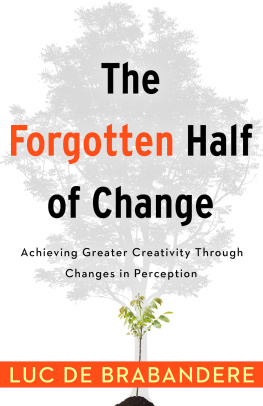
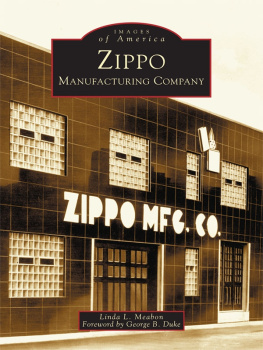

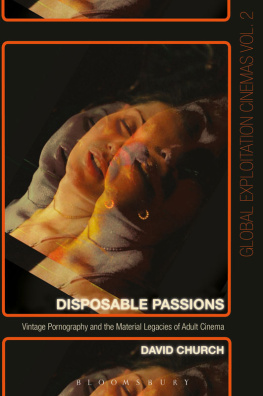

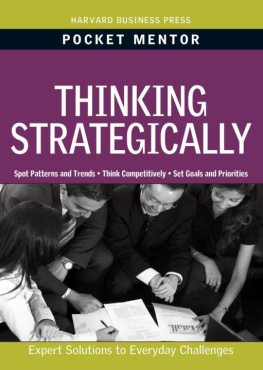

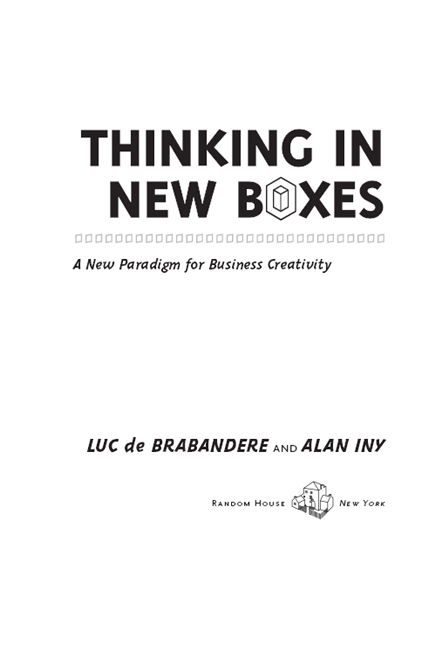

 N A SMALL FARM amid gently rolling hills, there was once a playful Labrador retriever named Sartre. Every day Sartre would leap over a fence at the back of the farm to run through the woods and chase squirrels. Eventually, the fence was dismantled, freeing poor Sartre from the burden of having to hop over it every time he wanted to frolic, but Sartre still jumped every time he came to the spot where the barrier had been. He had developed a set of memories and assumptions that made it almost impossible for him to notice the fence was no longer there.
N A SMALL FARM amid gently rolling hills, there was once a playful Labrador retriever named Sartre. Every day Sartre would leap over a fence at the back of the farm to run through the woods and chase squirrels. Eventually, the fence was dismantled, freeing poor Sartre from the burden of having to hop over it every time he wanted to frolic, but Sartre still jumped every time he came to the spot where the barrier had been. He had developed a set of memories and assumptions that made it almost impossible for him to notice the fence was no longer there.
 ET S START WITH AN EASY QUESTION: How many colors are there in a rainbow?
ET S START WITH AN EASY QUESTION: How many colors are there in a rainbow?